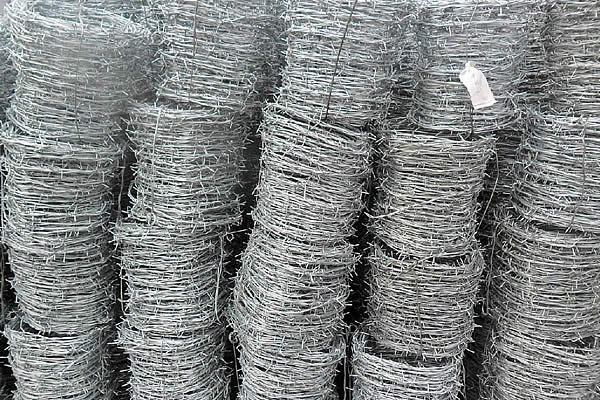 TEL:
+86-13102802206
TEL:
+86-13102802206
 Email:
fencenetting@china.com
Email:
fencenetting@china.com
 Language
Language
 TEL:
+86-13102802206
TEL:
+86-13102802206
 Email:
fencenetting@china.com
Email:
fencenetting@china.com
 Language
Language


The Importance of Window Mesh in Today's Architecture
In the realm of modern architecture and design, the concept of window mesh has gained significant attention. Often overlooked, window mesh plays a crucial role in enhancing the functionality, aesthetics, and safety of buildings. This article delves into the various aspects of window mesh, exploring its benefits and applications in residential and commercial structures.
At its core, window mesh refers to a series of grids or screens made of materials such as metal, fiberglass, or plastic, which are designed to fit over windows. These meshes serve several purposes, primarily focusing on security, insect prevention, and ventilation. In urban environments, where pollution and pests are prevalent, window meshes act as a barrier, allowing fresh air to circulate while keeping unwanted elements at bay.
One of the most significant advantages of using window mesh is the enhanced security it provides. With an increase in urban crime rates, homeowners and businesses alike are seeking ways to bolster their safety. Window meshes can deter potential intruders by making it more difficult for them to access the premises. Furthermore, they can be installed in conjunction with security alarms and surveillance systems, creating a comprehensive security framework that protects property and occupants.
In addition to security, window mesh is vital in preventing insect infestations. As warmer weather arrives, windows are often left open to let in fresh air. However, this can also invite unwanted pests such as mosquitoes, flies, and other insects into living spaces. Window meshes serve as a physical barrier, allowing airflow while keeping these nuisances out. This is particularly beneficial in regions prone to insect-borne diseases, making window mesh an essential feature for health and wellness.

From a ventilation standpoint, window mesh facilitates airflow without compromising the quality of indoor environments. Proper ventilation is key to maintaining air quality and preventing issues such as mold growth, which can arise from stagnant air. With window meshes, homeowners can enjoy a steamy summer breeze without worrying about allergens or airborne pollutants making their way inside.
Moreover, window mesh can enhance the aesthetic appeal of a building. Available in various styles and colors, window meshes can complement a building’s architecture while reflecting the personal tastes of the occupants. Whether it’s traditional, modern, or minimalist design, there is a suitable window mesh option that can harmonize with the overall look of a property.
In commercial settings, window meshes have started to gain traction due to their versatility and practical benefits. Restaurants, cafes, and shops often aim to create a welcoming ambiance that encourages patronage. By utilizing window mesh, they can create outdoor seating areas protected from pests while maintaining an open and inviting environment. This not only enhances customer comfort but also promotes increased foot traffic and overall sales.
However, it is essential to consider that not all window meshes are created equal. The choice of material, mesh size, and installation method can significantly impact their effectiveness and durability. Homeowners and architects should work with experienced professionals to determine the best options tailored to specific needs and environments.
In conclusion, window mesh serves as a multi-functional component in both residential and commercial buildings, providing security, pest control, ventilation, and aesthetic enhancement. As more individuals and businesses realize its potential, the demand for high-quality window mesh solutions continues to grow. In a world where safety and comfort are paramount, integrating effective window mesh into architectural designs has become a practiced necessity, demonstrating that even the simplest elements in architecture can make a significant difference.